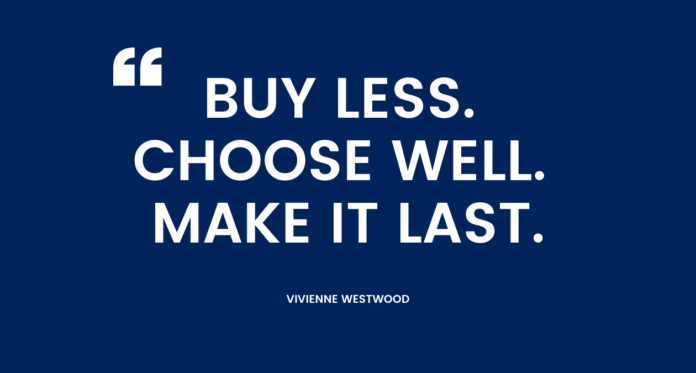We live in a world that offers us an abundance of choice and convenience. It’s important to understand the true cost of the items we buy. KELLY MUTIZIRA met with Emma Longden, founder of Sitting Pretty. She shared her thoughts on sustainable fashion.
Longden also expanded on the challenges local designers face when creating ranges with the environment and people in mind.
“We need to reprogram our brains,” said Emma Longden. “Fashion will not be sustainable until people stop buying like they do. We need a change in consciousness, in particular the ‘happiness from shopping’ factor. We need to get happiness from experiences, not things. It’s about educating consumers about the garments they are buying.”
Local clothing is ethically made in small batches here in South Africa. Local brands choose to produce this way to avoid waste from overproduction of sizes and colours that don’t sell. Pieces are often limited edition, meaning just you and a few others will own it.
“We cannot ever compete with prices of large retailers. Their units are massive and so their costs come down for materials and labour and all the extras. Many do not practice ethical business and the workers unfortunately get paid what you can’t even call a pittance. We all need to change our relationship with the way we consume, especially when it comes to fashion. The majority of the population has no idea that fast fashion is the planet’s second biggest polluter and that fashion items are the ONLY commodity to have come down in price in the last 20 years.” said Emma Longden
One of the biggest challenges local designers face is finding natural fabrics, cotton in particular. Organic suppliers are usually in Mauritius and India – but sourcing cotton from the latter will incur duties which affect the final selling price.
RELATED:
Kahindo Mateene: “The African Fashion Industry Needs More Investment”
“At Sitting Pretty we source all our fabric and yarns locally. We only use natural fibres, and do our best with what we have available. As a small brand, we don’t have the capital to buy the massive minimum requirements to buy ‘organic cotton’ which is often in excess of 5000 meters. If we did, we would be sitting on reams of one type fabric for 7 years which does not make financial sense or sense in terms of evolving our brand and the styles we offer. It’s just not possible as the manufacturers of these fabrics really only cater for the larger brands, and most of these brands are using synthetic fibres, so the access to organic/sustainable fibres is very limited.” said Emma Longden
So what are Emma’s hopes for ethical fashion in South Africa?
“In 5 years, I hope to see more awareness around eco-fashion, but there’s a massive education drive that’s required, and this is the only thing that will result in a change in behavior. The fashion industry is not sustainable yet, but if we can look at ethically produced fashion, that’s a step in the right direction. Again, it’s down to educating consumers.”
As humans, we are all consumers. But, we have choices to make regarding what we consume and how much we consume of it.









